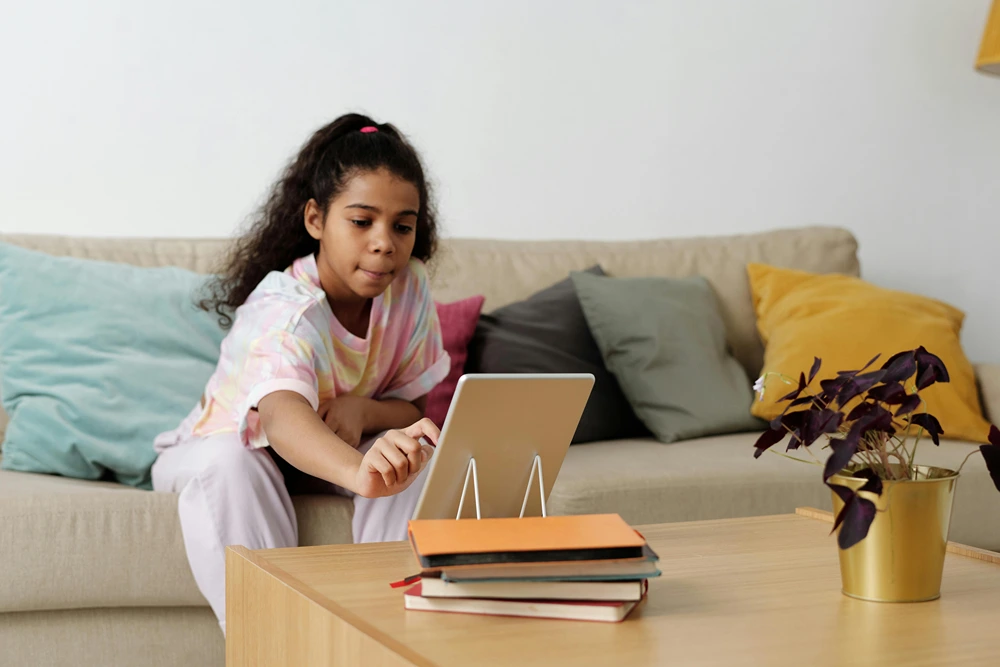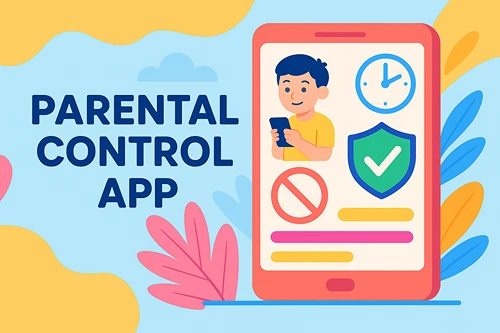Digital Safety at Home: Avoiding Pitfalls with a Child-Safe Organisation Blueprint
The internet is part of everyday life for families, and kids are spending more time online than ever before. While screens open doors to learning and fun, they also introduce risks that can feel overwhelming for parents.
Finding a balance between freedom and protection is key, and that’s where borrowing ideas from child-safe organisations can help. These groups create safe spaces for children in real life, and their principles can guide us in making digital spaces just as secure.
In the same way that safety standards in childcare centres ensure children are protected, supervised, and empowered, parents can adapt these lessons for their homes. Whether it’s zero-tolerance rules, strong supervision, or encouraging kids to speak up, the framework used in child-safe organisations can serve as a practical blueprint for digital safety. By following a few simple steps, families can build an online environment that protects kids while allowing them to grow with confidence.
Why Borrowing from Child-Safe Organisations Works
Child-safe organisations take safety seriously. Their policies are designed to reduce risks, encourage transparency, and support children in speaking up. Parents can apply these same ideas to digital life at home. The goal is not just to block danger, but to build trust and respect so children know how to handle challenges when they appear.
By leaning on these practices, parents can create a home culture that feels open, secure, and supportive. Children learn that safety isn’t about control but about care. This mindset helps them understand that the internet can be used responsibly when guided by clear values.
Zero-Tolerance Rules at Home
One of the strongest ideas from child-safe organisations is zero-tolerance policies. These rules set clear boundaries around unacceptable behaviour. Parents can do the same for online use.
Set family rules about what is and isn’t allowed. For example:
- No sharing personal information with strangers.
- No downloading apps without approval.
- No responding to messages that make them feel uncomfortable.
These rules should be simple, consistent, and easy for kids to remember. When children know there are clear lines, they feel safer and more confident navigating online spaces.
The Power of Supervision
Supervision is another critical standard. In childcare settings, staff always know what children are doing and step in quickly when needed. At home, parents can use this same principle with digital devices.
This doesn’t mean hovering over a child’s shoulder every moment. Instead, supervision can take the form of shared screen time, device use in common areas, or checking in during gaming or messaging. Parents can also use parental controls, but these should support rather than replace conversations.
Active supervision sends the message that parents care about what their children are experiencing online. It also builds opportunities for discussion when something new or concerning comes up.

Photo by Julia M Cameron
Empowering Kids to Speak Up
Empowerment is often overlooked but is one of the most valuable lessons from child-safe organisations. When children are encouraged to share their thoughts and feelings, they develop the confidence to speak up if something doesn’t feel right.
At home, this means creating space for open conversations about the internet. Ask kids what they enjoy online, what they find confusing, or if they’ve ever seen something that made them uneasy. The more comfortable children are in sharing, the more likely they are to turn to parents instead of hiding problems.
This approach also respects children’s voices. It shows them that their feelings matter and that safety is a partnership, not just a set of rules.
Building a Digital-Safe Pact
Putting these elements together, families can create a digital-safe pact. This pact is a simple agreement that outlines rules, supervision, and open communication. It doesn’t need to be complicated. A short list of values and expectations can work wonders.
For example:
- We keep personal details private.
- We use screens in shared spaces.
- We tell each other if something feels wrong.
- We respect breaks from technology.
Parents and kids can write the pact together, ensuring everyone has input. This makes children more likely to follow the rules because they helped shape them.
Avoiding Common Pitfalls
While creating a digital-safe home, some pitfalls are easy to fall into. Over-restricting access can cause children to feel left out or rebellious. On the other hand, too much freedom can leave them exposed to harmful content.
The key is balance. Rules should protect but not isolate. Supervision should guide but not invade. Conversations should empower but not lecture. When families strike this balance, children learn how to manage the digital world responsibly and with resilience.
A Safety Culture That Lasts
What makes child-safe organisations so effective is their culture of care. Safety isn’t treated as a one-time policy but as part of everyday life. Parents can mirror this by keeping conversations ongoing and updating family rules as children grow.
As kids get older, they may need more independence. Instead of removing rules completely, parents can adjust them. For example, older children might get more privacy in messaging, but they still agree to share concerns when something goes wrong. This evolving culture ensures safety stays relevant through every stage of development.
Final Thoughts
Digital parenting can feel daunting, but parents don’t have to start from scratch. By looking at the proven strategies of child-safe organisations, families can adopt principles that are already making a difference in childcare settings.
With clear rules, thoughtful supervision, and encouragement for children to speak up, families can build homes where kids explore the online world safely and with confidence. The digital-safe pact becomes more than just a set of rules—it’s a shared commitment to care, respect, and trust.






